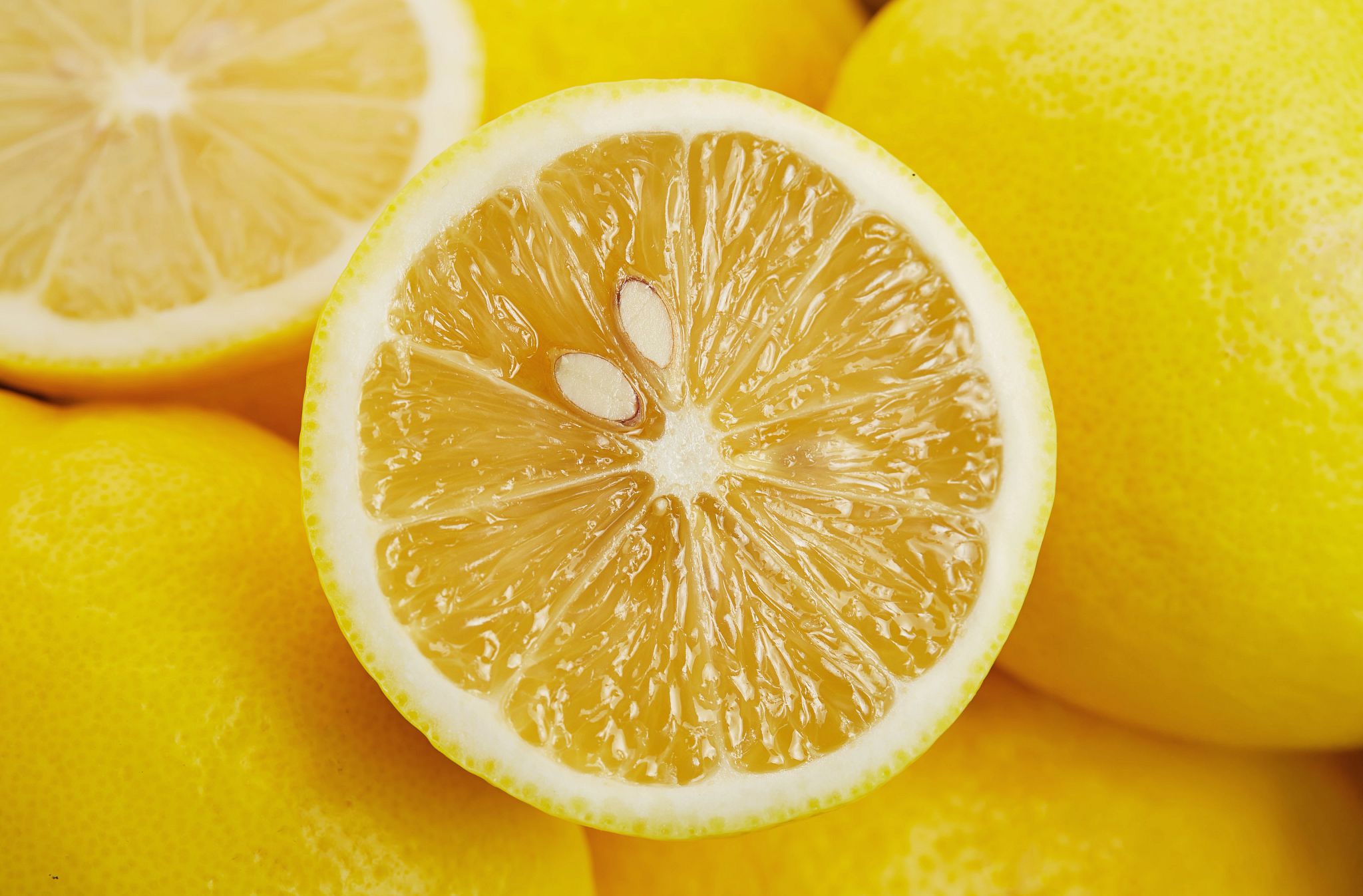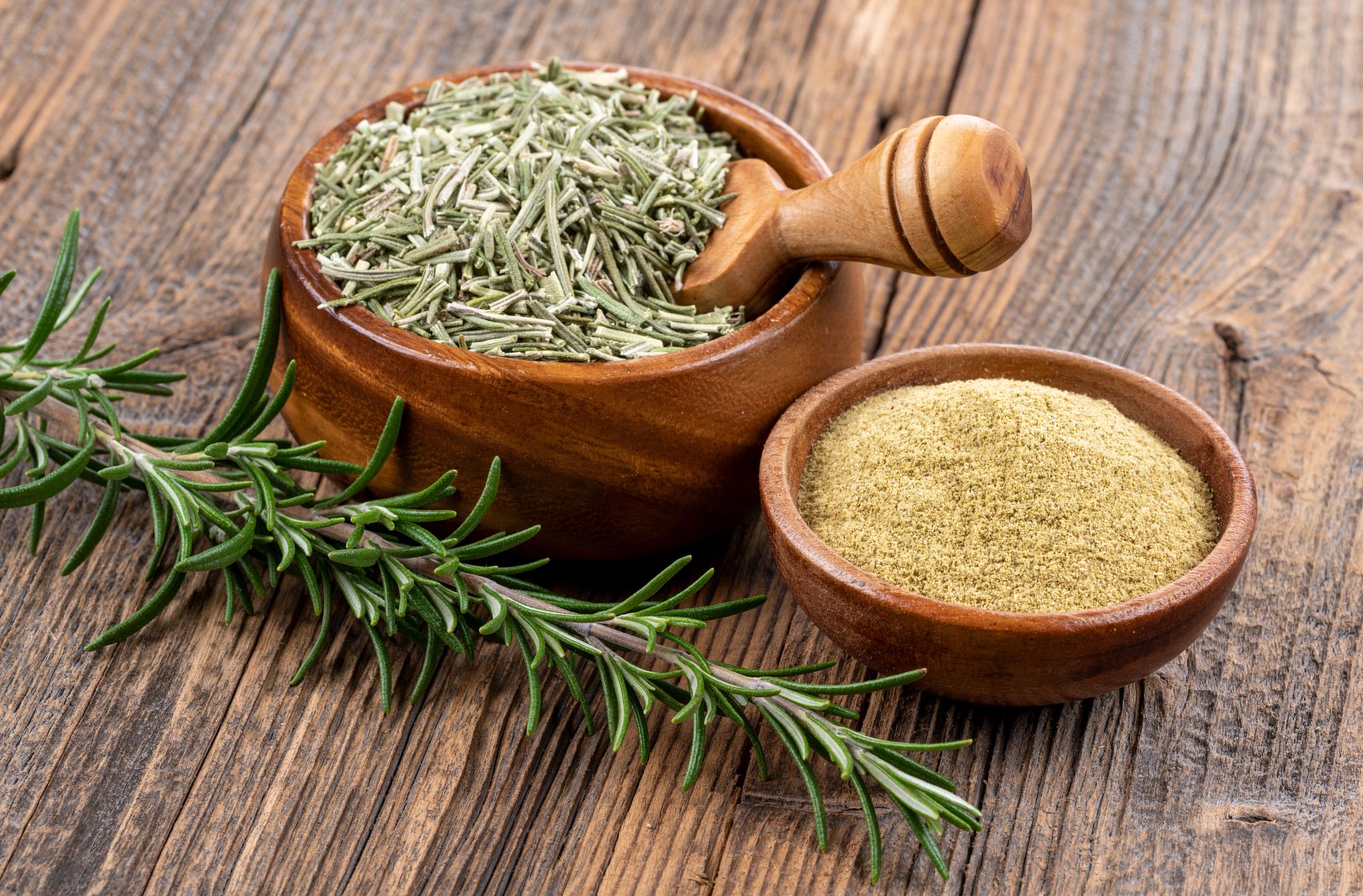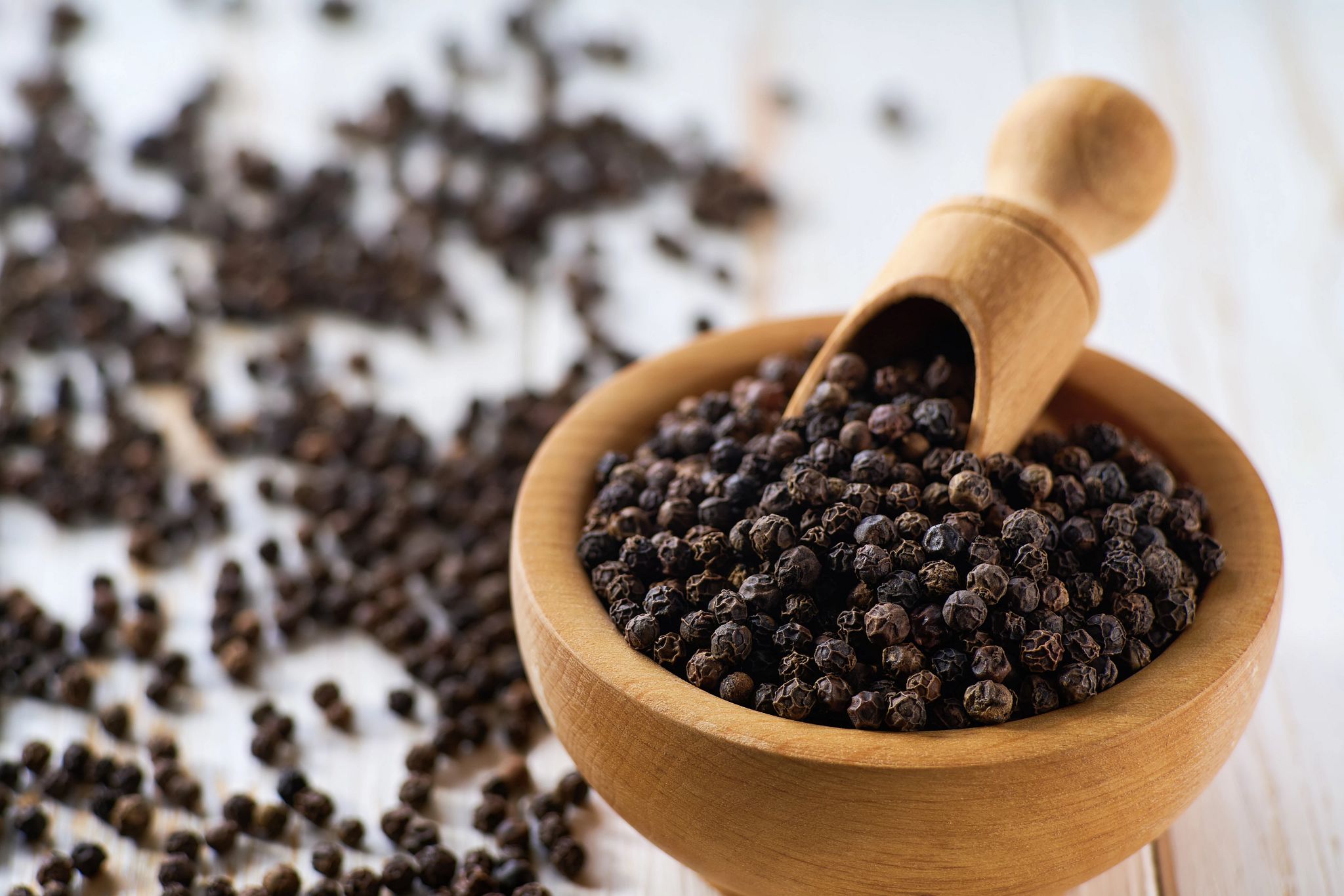AARP Hearing Center


A dash of table salt to liven up a bland dish here and there may not seem like a big deal, but you’re probably getting more salt than you think. While the Dietary Guidelines for Americans recommends no more than 2,300 milligrams (mg) of sodium per day, most Americans are getting 3,400 mg a day on average.
“Salt adds flavor to food, but eating too much of it can lead to some health issues,” says Laura M. Ali, a culinary nutritionist in Pittsburgh, Pennsylvania. Research shows that a high-salt diet is linked to an increased risk of high blood pressure (hypertension), which raises your risk of heart disease and stroke.
“Cutting back on salt is a simple, effective way to lower those risks and protect your health,” Ali says.
But limiting the salt in your diet doesn’t mean eating bland, flavorless foods. More and more people are turning to salt alternatives to improve their health without sacrificing taste. One 2024 study of adults ages 55 and older with normal blood pressure found those who replaced salt with a substitute were 40 percent less likely to develop hypertension over two years than those who kept using salt.
Many salt substitutes on the market can turn basic dishes into culinary gems — little to no salt required.
Here are several expert-recommended swaps for table salt.
1. Salt substitutes made with potassium chloride
If you love the taste of salt and aren’t ready to kick it to the curb, try a low-sodium or sodium-free salt substitute like Nu-Salt, Morton Salt Substitute, McCormick’s NoSalt Original Sodium-Free Salt, or one of the Dash blends (formerly Mrs. Dash). Whereas table salt is made of sodium chloride, salt substitutes are products made entirely or partly of potassium chloride. Potassium chloride is a salt-like compound that tastes similar to sodium chloride. But, unlike sodium chloride, potassium chloride is beneficial for blood pressure.
“Potassium is a mineral known for its ability to help lower blood pressure, but most Americans fall short of getting enough in their diets,” Ali says. “Potassium chloride salt substitutes can be a helpful choice for cutting down on sodium while boosting potassium intake — both of which can support healthier blood pressure in people with hypertension.”
Replace traditional salt with a substitute made from potassium chloride and use it anytime you normally use salt, “like adding a little to a dish after it’s been cooked,” says Melissa Ann Prest, spokesperson for the Academy of Nutrition and Dietetics.
The drawback of potassium chloride salt substitutes is that they can have a bitter or metallic flavor. Because of this, some prefer to use half potassium chloride salt substitute and half table salt, Ali notes.






































































More From AARP
How to Lower Your Blood Pressure Fast
Before you sit down to your next meal, consider that doing this may shave six points off your systolic reading in seven days.
What Is the DASH Diet?
Research shows it can help to lower blood pressure, cholesterol19 Heart-Smart Choices to Make Throughout Your Day
Treat your heart right morning, noon and night with these easy, research-proven, expert-endorsed ideas